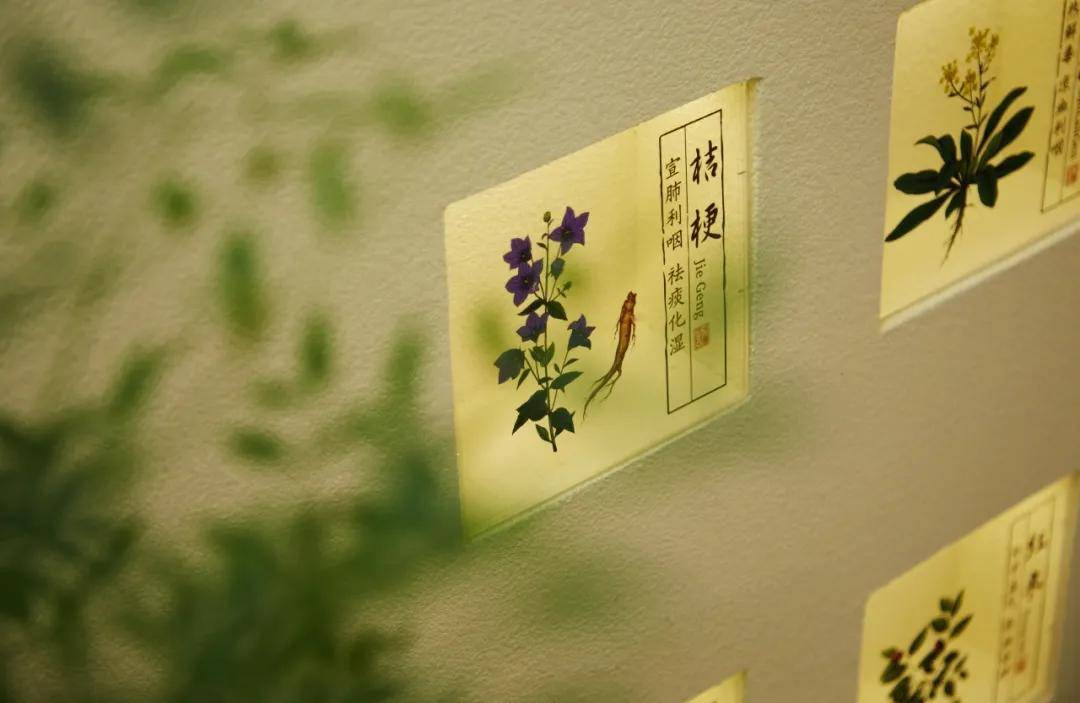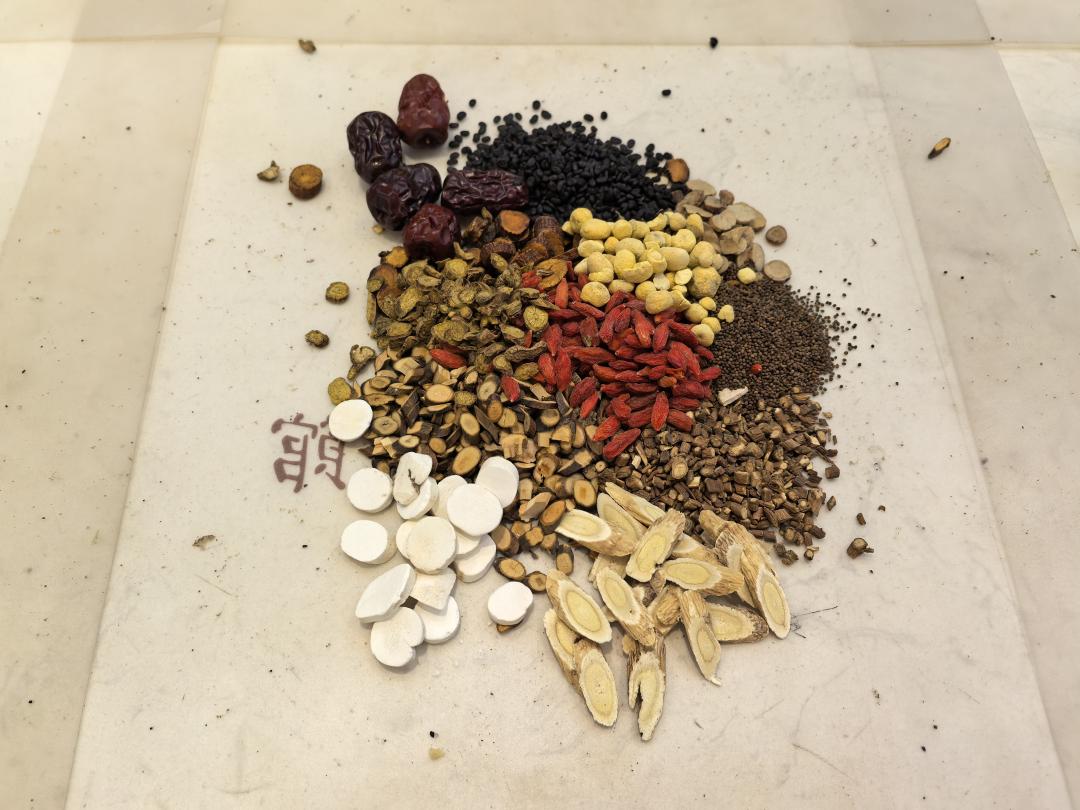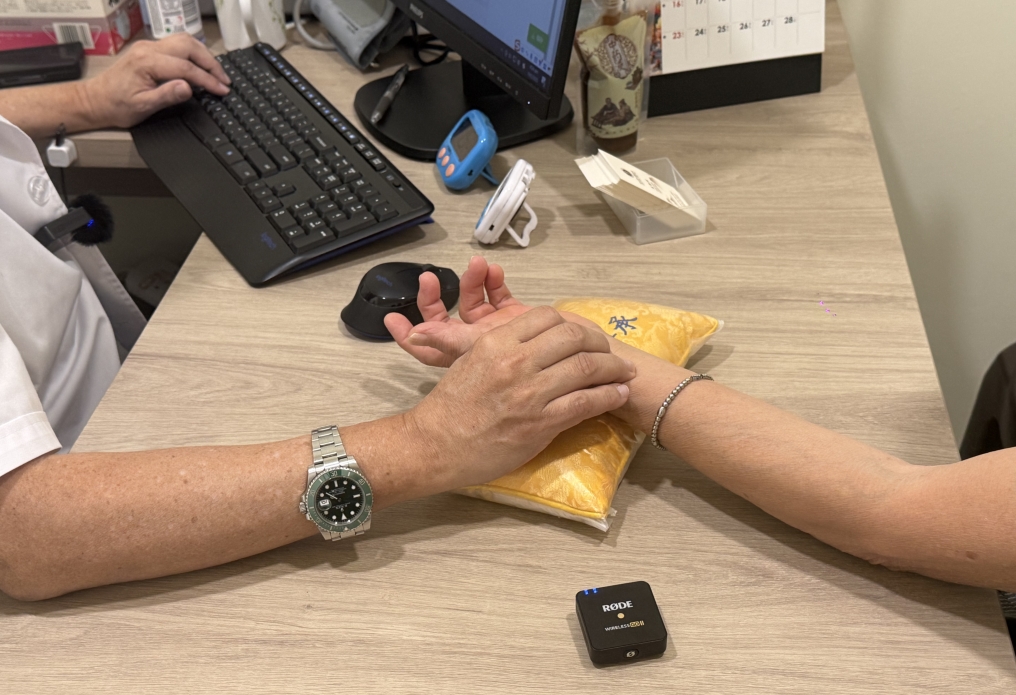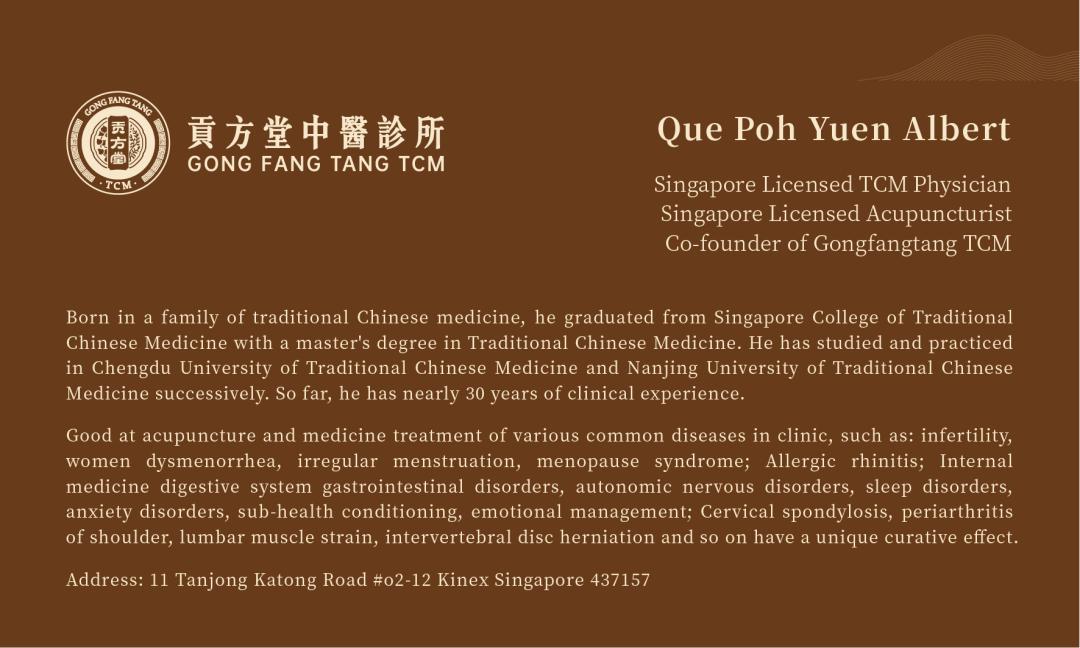For many women, those few days each month with their period are a nightmare. They experience stabbing, cramping lower abdominal pain, cold sweats, restlessness, even nausea, vomiting, and fainting. What effective TCM methods are there for treating dysmenorrhea?

Dysmenorrhea isn't something to just endure. What are the root causes from a TCM perspective?
Dr. Que Poh Yuen Albert, a TCM Gynecology Expert at Singapore Gong Fang Tang TCM, explains that TCM views dysmenorrhea (menstrual abdominal pain) as primarily related to poor Qi and Blood circulation ("blockage causes pain" - Bu Tong Ze Tong) or uterine malnourishment ("deficiency causes pain" - Bu Rong Ze Tong). Specific causes can be categorized as follows, with "Cold Congealing and Blood Stasis" being the most common:
Cold Congealing and Blood Stasis (Most Common!): This type has a very high clinical prevalence.
Causes: Indulging in cold foods/drinks (ice cream, cold beverages), inadequate clothing (midriff-baring tops, cold ankles), or prolonged residence in cold, damp environments. This allows cold pathogenic factors to invade the Uterus (Bao Gong), congealing with menstrual blood, causing blood to stagnate into stasis and block circulation.
Manifestations: Cold, cramping pain in the lower abdomen that lessens with warmth (hot water bottle, heating pad). Menstrual blood is dark purple with numerous clots. Pain may temporarily ease after clot expulsion. Often accompanied by cold intolerance, cold hands/feet, and a pale or bluish-white complexion.
Qi Stagnation and Blood Stasis:
Causes: Chronic emotional distress, high stress, and internalized anger leading to Liver Qi Stagnation. Qi is the motive force for blood circulation; Qi stagnation impedes blood flow, causing stasis and obstruction in the uterus.
Manifestations: Significant distending pain in the lower abdomen and rib-sides, often shifting in location. Pronounced breast distension and pain before menstruation. Menstrual blood contains clots, is dark red or purple. Emotional irritability and anger.
Qi and Blood Deficiency:
Causes: Spleen-Stomach weakness, chronic fatigue, major/long-term illness, or excessive blood loss leading to insufficient production of Qi and Blood, malnourishing the uterus.
Manifestations: Dull, lingering abdominal pain that responds favorably to pressure and massage. Pain is more noticeable during or after menstruation. Menstrual flow is scanty, pale in color, and thin in texture. Often accompanied by fatigue, lassitude, sallow complexion, dizziness, and palpitations.
Damp-Heat and Blood Stasis:
Causes: Exposure to Damp-Heat pathogens, or excessive consumption of spicy, greasy, and sweet foods generating internal Damp-Heat. This Damp-Heat pours downward into the uterus, congealing with blood and obstructing Qi and Blood.
Manifestations: Burning, hot pain in the lower abdomen, possibly with a sense of heaviness or distension even outside menses, worsening during menstruation. Menstrual blood is dark red, sticky/thick, and may have an odor. Increased yellow vaginal discharge. May be accompanied by low-grade fever and dark, scanty urine.
Kidney Qi Deficiency:
Causes: Congenital insufficiency, sexual overexertion, or chronic illness damaging the Kidneys, leading to Kidney Qi deficiency. The uterus loses its warming or nourishing support.
Manifestations: Empty, sinking sensation or dull ache in the lower abdomen during or after menstruation. Soreness and pain in the lower back and sacrum. Scanty, pale menstrual blood. May be accompanied by dizziness, tinnitus, and frequent nighttime urination.

How does TCM regulate and treat Cold-Congealing-Blood-Stasis type dysmenorrhea?
For the clinically prevalent Cold-Congealing-Blood-Stasis type dysmenorrhea, Physician Dr. Que highly recommends the classic formula Shao Fu Zhu Yu Tang (Lower Abdomen Stasis-Expelling Decoction) from the Qing Dynasty physician Wang Qingren's "Corrections of Errors in the Medical Field" (Yi Lin Gai Cuo). This formula excels at warming the channels, dispelling cold, invigorating blood, transforming stasis, and relieving pain. It is a highly effective "tool" for treating this type of dysmenorrhea with outstanding clinical results.
Shao Fu Zhu Yu Tang consists of ten herbs: Xiaohuixiang (Fennel Seed), Ganjiang (Dried Ginger), Yanhusuo (Corydalis Rhizome), Moyao (Myrrh), Danggui (Chinese Angelica Root), Chuanxiong (Szechuan Lovage Root), Rougui (Cinnamon Bark), Chishao (Red Peony Root), Puhuang (Pollen Typhae), and Wulingzhi (Feces Trogopterori).
Xiaohuixiang, Ganjiang, Rougui (Cinnamon): These three herbs are the "warm packs" and "energy source" of the formula. Pungent and warm in nature, they warm and disperse cold from the Lower Jiao (lower abdomen), warm the uterus, and dispel cold, providing the "thermal energy" foundation to resolve congealing cold. Rougui also guides fire back to its source and warms and unblocks blood vessels.
Danggui, Chishao, Chuanxiong: This is the classic "Iron Triangle" for invigorating and nourishing blood. Danggui nourishes blood, invigorates blood, regulates menstruation, and alleviates pain. Chishao invigorates blood, disperses stasis, clears heat, and cools blood (also counteracts the drying tendency of the warm herbs). Chuanxiong, the "Qi-moving herb within the Blood," moves Qi and invigorates blood, dispelling wind and relieving pain. Together, they unblock stagnant blood.
Puhuang, Wulingzhi (Shi Xiao San - Sudden Smile Powder): This is the golden partnership for transforming stasis and stopping pain. Puhuang invigorates blood and stops bleeding (dual-direction regulation). Wulingzhi invigorates blood, transforms stasis, and alleviates pain. Used synergistically, they specifically attack pain caused by blood stasis obstruction, providing significant pain relief.
Moyao, Yanhusuo: Potent "pain-relief specialists." Moyao invigorates blood, disperses stasis, and settles pain. Yanhusuo (Yuanhu) is a renowned pain-relieving herb, strongly moving Qi, invigorating blood, and relieving pain, especially effective for various pains throughout the body. They provide powerful immediate pain relief for the entire formula.
Modifications & Ingenious Use:
Severe cold, pronounced cold intolerance: Increase Ganjiang and Rougui dosage, or add Aiye (Mugwort Leaf) and Wuzhuyu (Evodia Fruit).
Large clots, severe pain: Increase Puhuang, Wulingzhi, and Yanhusuo dosage, or add Taoren (Peach Kernel) and Honghua (Carthamus Flower) to enhance blood-invigorating effects.
Accompanying Qi deficiency and fatigue: Add Huangqi (Astragalus Root) and Dangshen (Codonopsis Root) appropriately to tonify Qi and move blood.
Scanty menstrual flow: Appropriately increase Danggui dosage.
 Medical Case
Medical Case
Patient: Ms. Li, 25 years old.
Chief Complaint: 5-year history of dysmenorrhea, worsening in the last 2 years. Severe cold pain in the lower abdomen, feeling "like falling into an ice cave," starting 1 day before menstruation and lasting until day 2 of the period. Required constant use of a hot water bottle. Accompanied by large amounts of dark purple clots; pain slightly eased after clot expulsion. Severe cases required strong painkillers, affecting work. Usual cold intolerance and cold hands/feet.
Initial Consultation: Tongue pale-dark with stasis spots on the edges; thin white coating; pulse deep and tight.
Diagnosis: Dysmenorrhea (Cold-Congealing-Blood-Stasis pattern).
Prescription: Modified Shao Fu Zhu Yu Tang.
Herbs: Xiaohuixiang (6g), Ganjiang (6g), Rougui (4g, added later), Danggui (12g), Chishao (12g), Chuanxiong (9g), Chao Puhuang (10g, wrapped while decocting), Cu Wulingzhi (10g, wrapped while decocting), Cu Moyao (6g), Cu Yanhusuo (15g). Added Aiye (6g) to enhance channel-warming and cold-dispelling effects.
Usage: Start taking 5 days before expected menstruation. 1 dose per day, decocted in water, taken 3 times daily for 7 consecutive days.
Result:
Cycle 1: Menstruation started while taking the 3rd dose. Cold abdominal pain significantly reduced (~50%). Clots still present but reduced. Pain was tolerable; no painkillers needed. Ms. Li reported with surprise: "I still used the hot water bottle, but I wasn't dependent on it like before!"
Cycle 2: Continued taking the formula as directed. During menstruation, only mild soreness and dull ache in the lower abdomen. Clots significantly reduced in size and quantity. Blood color turned redder. Cold intolerance and cold hands/feet improved.
Cycle 3: Pain essentially disappeared, only slight discomfort on the first day of menstruation. Menstrual flow was smooth and red.
